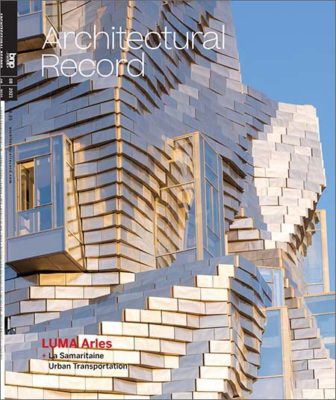Architectural architecture is the creation and the discipline of designing, planning, and building buildings or other such structures. Architectural works, in the conventional sense of the term, are generally perceived to be artistic works and as visual symbols. They are produced by the application of the knowledge and skills of architects and their associates. In a broader perspective, architectural disciplines also encompass the design and layout of the structure, the construction methods and materials used, the communication and the designing of the architects’ models and final products, and lastly, the maintenance and upkeep of the structures. Thus, architectural training aims at producing efficient and effective individuals and organizations capable of conducting complex projects and managing the organization’s resources effectively.

Architectural architraves are architectural designs that have stylized forms and various sizes, usually for the purpose of ornamentation. Architectural architraves are mostly applied in museums and galleries to decorate walls and the interiors of the museums. The term “architrave” comes from the Greek words archeos which means “knotted cord,” and caution which means “hook.” Architraves are usually decorative works that add aesthetic value and beauty to buildings. Architectural architraves differ from the usual banners used in commercial activities in terms of their shapes, colors, materials, and sizes.
ARCHITECTURE + designing is the blend of arts and science. Architectural architraves, as the name indicates, are artistic forms and decorations. Architectural architraves are built by applying the art of architecture and creating a structure made up of numerous small pieces of different materials. This technique of construction has become very popular because the techniques can be applied even in non-built environments like parks, museums, and libraries. Furthermore, this type of architecture allows for flexibility, since the same building can be used for many purposes.
ARCHITECTURE + architecture are a combination of arts and sciences. It includes the application of various technologies like computers, CAD drawings, computer-aided design and manufacturing equipment, software, lighting, fabrics, etc., in order to design and construct buildings, museums, galleries, and other structure. In addition, it also makes use of the knowledge and skills of an architect, civil servant, and a member of the planning team. This combination of architecture and technology provides the opportunities to build the most technically advanced buildings in the world.
The main article contains information about Architect Vitruvius, the Egyptian architect who is considered to be the father of architecture. This article provides the description of the main architectural techniques used by him, the main principles and concepts of architecture that are applied in his architecture, and other important architectural information. This main article gives information about Architect Vitruvius. Reading this article will help you become familiar with the techniques of Architect Vitruvius.
The main article on landscape architecture discusses the importance of landscape in architecture. It explains the relationship between land and architecture. It discusses some characteristics of landscapes and architectural structures that are designed by Vitruvius.